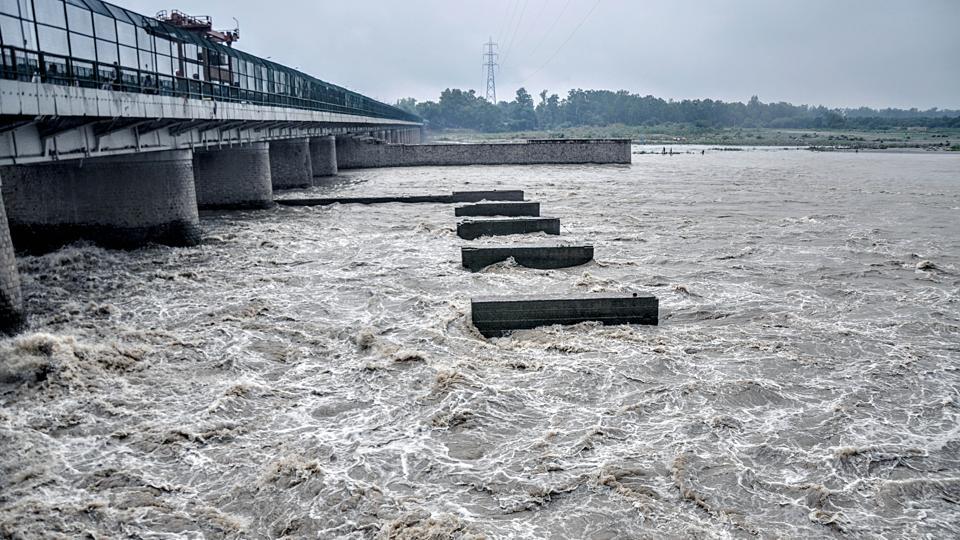The current water level in the Yamuna river flowing through Delhi has reached a critical point, raising concerns that the city may be susceptible to flooding. Surpassing the danger mark of 205.33 meters, the river's water level is anticipated to rise further in the upcoming days.
The elevated water levels can be attributed to the substantial precipitation occurring in the Yamuna river's catchment area, encompassing regions such as Uttarakhand, Himachal Pradesh, Haryana, Uttar Pradesh, and Rajasthan. The Indian Meteorological Department (IMD) has predicted additional rainfall in the region, which could potentially amplify the water level in the Yamuna.
In response to this precarious situation, the Delhi government has promptly issued a flood warning and initiated the evacuation of residents inhabiting low-lying areas near the river. Additionally, authorities have implemented the closure of numerous roads and bridges in the affected vicinity.
Should the water level in the Yamuna river persist in its ascent, significant portions of Delhi could be submerged. The city is already grappling with numerous challenges, including an ongoing heatwave and the persisting COVID-19 pandemic. Consequently, a flood would exacerbate the hardship endured by the citizens of Delhi.
The government must urgently undertake measures to mitigate the risk of flooding. This necessitates the controlled release of water from the Hathnikund barrage in Haryana, coupled with the immediate evacuation of individuals residing in vulnerable, low-lying regions. Furthermore, the government must ensure the availability of adequate provisions such as food, water, and medical supplies, preemptively addressing the potential aftermath of a flood.
The residents of Delhi must proactively prepare themselves for the looming possibility of flooding. They should devise an evacuation plan, ensuring the swift and secure relocation of their households if deemed necessary. Remaining well-informed about the latest developments and diligently adhering to the instructions issued by the authorities is of paramount importance.
While the Yamuna river serves as a lifeline for Delhi, providing vital resources, it simultaneously poses a perilous threat. The government and the populace of Delhi must collaborate synergistically, adopting comprehensive strategies to manage the river safely and fortify the city against potential flooding hazards.
Keywords: Yamuna river water level, flood threat in Delhi, flood warning, monsoon rainfall, Hathnikund barrage, evacuation measures, preparedness
Additional Information:
The Yamuna river acts as a significant tributary of the Ganges river, originating in the Himalayas and traversing through Uttarakhand, Himachal Pradesh, Haryana, Uttar Pradesh, and Delhi.
The Yamuna river assumes a crucial role in providing water for irrigation, drinking purposes, and industrial usage, while also being an esteemed tourist attraction.
The susceptibility of the Yamuna river to flooding is a recurring phenomenon, with a major flood event transpiring in Delhi in 2013.
The Government of India has undertaken various initiatives to mitigate the risk of flooding in the Yamuna river. These measures encompass the construction of dams and embankments, as well as the implementation of flood forecasting and warning systems.
The inhabitants of Delhi must be cognizant of the potential flooding hazards and actively take measures to safeguard themselves and their properties. This entails remaining updated with the latest developments, devising contingency plans, and implementing precautionary measures to secure their residences.

Comments
Post a Comment